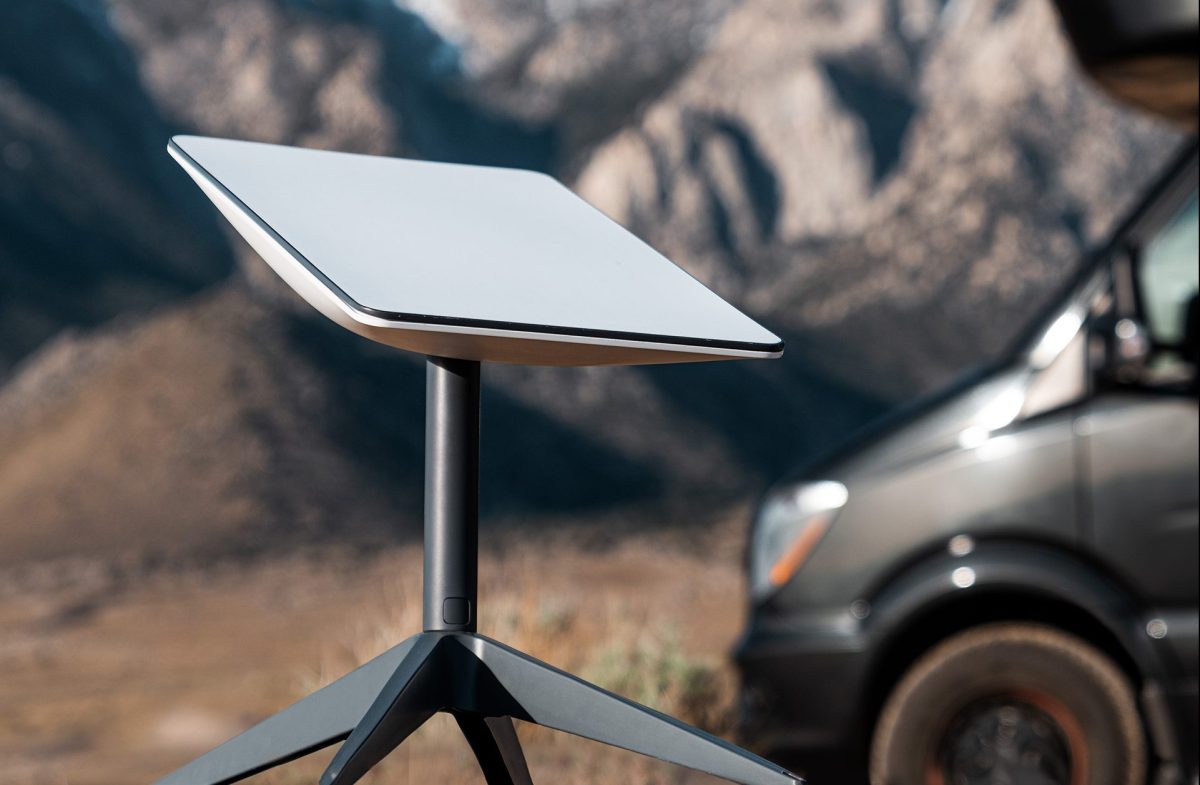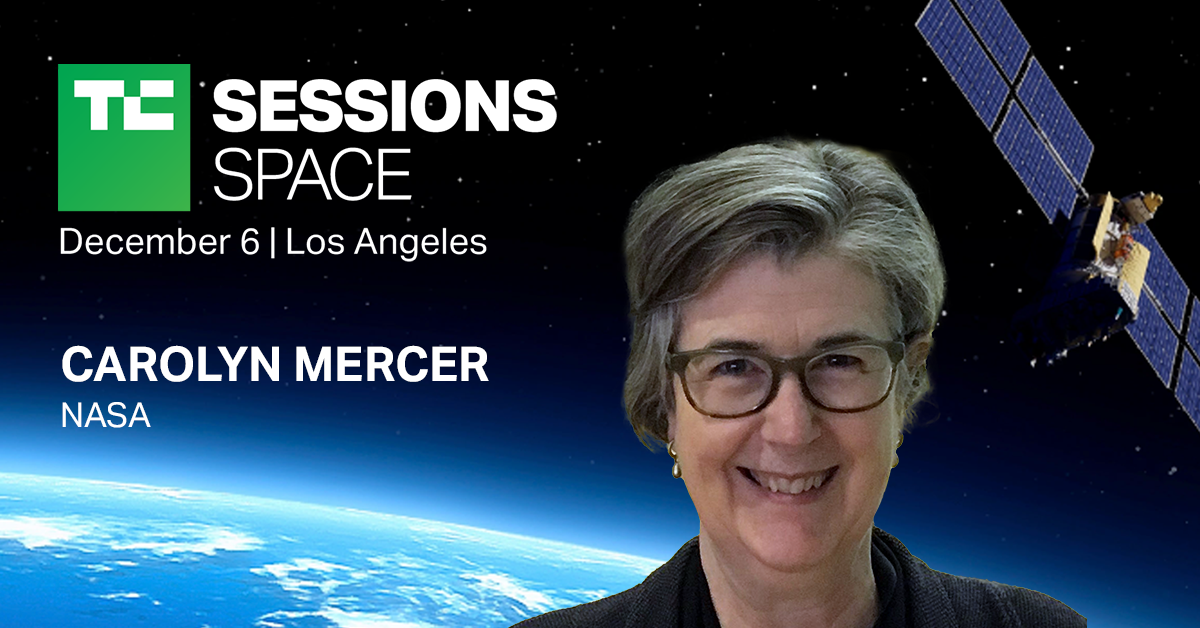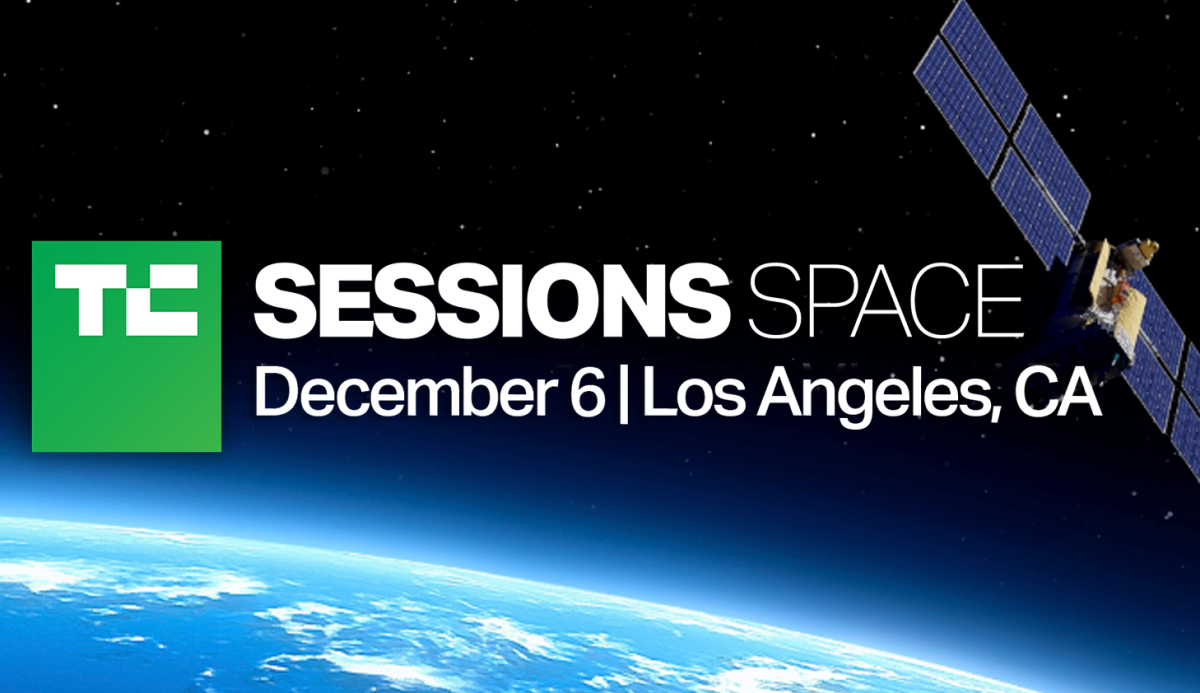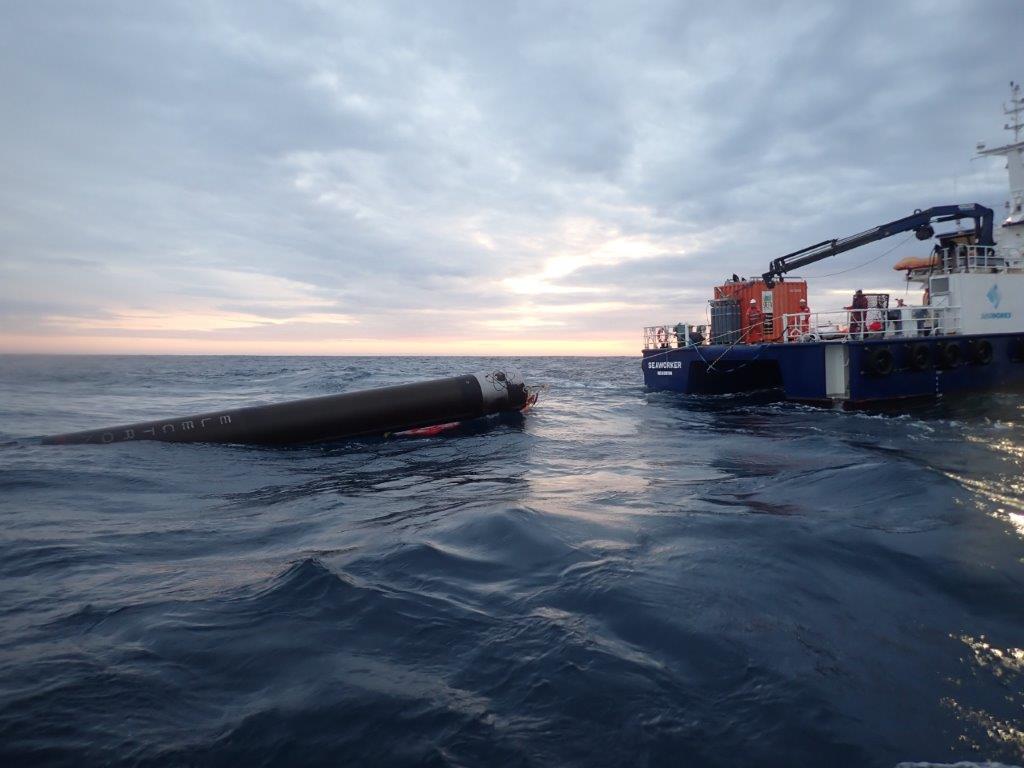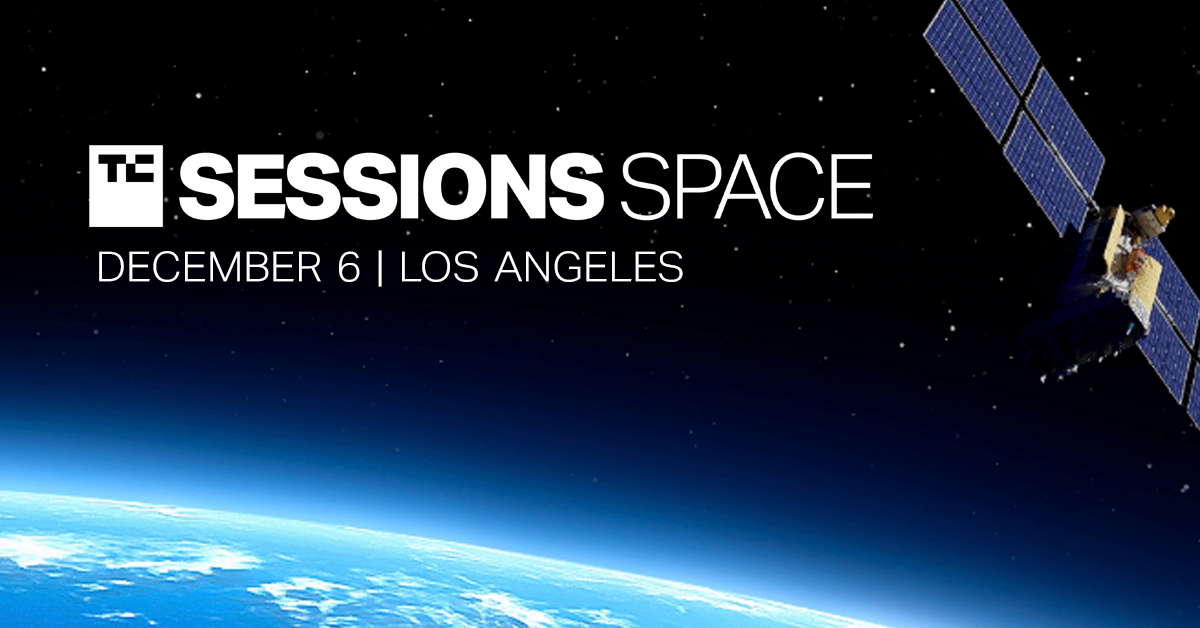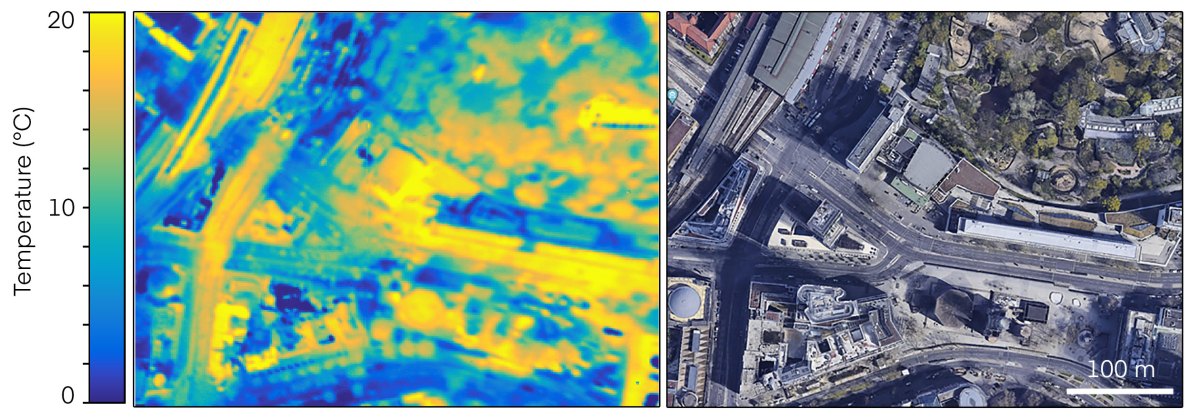Hello and welcome back to Max Q. Happy Halloween folks. Hope you’re having a very spooky day. By the way… We are counting down to TC’s Space event in December! Learn more here. In this issue: The satellite bus bottleneck Starlink for GPS? News from BryceTech, Quantum Space and more Apex Space, a startup that aims to transform satellite bus manufacturing, emerged from stealth Monday with a $7.5 million seed round led by Andreessen Horowitz. The Los Angeles-based company has set its sights on the satellite bus — the part of the spacecraft that hosts the payload — which it says is the “new bottleneck” hitting the space industry. Apex’s two co-founders, Ian Cinnamon and Maximilian Benassi, said in a blog post that they independently observed core changes to the industry that convinced them that a new satellite bus manufacturing solution was needed. Cinnamon, a technology startup founder whose company, Synapse Technology, was acquired by Palantir in 2020, said he saw payload customers being “held back” by the long and costly process associated with building custom satellite buses. Benassi, an engineer whose career includes a six-year tenure at SpaceX and nearly a year-and-a-half at Astra, observed changes to launch economics that make mass manufacturing — rather than the bespoke engineering process that’s characterized satellite buses thus far — more sensible. “Given this transformative change, we must begin to think about spacecraft differently and adapt to the new market conditions,” the pair said. “We cannot just build spacecraft. We must manufacture them at scale.” Image credit: Apex Space With some 3,000 satellites in orbit, the Starlink constellation is easily the largest in history and of course presents an immense opportunity for global connectivity. But its signals could also be analyzed and used as an alternative to traditional GPS, a new paper claims, with or without SpaceX’s blessing. It would be a public service and wouldn’t cost SpaceX much of anything to implement, but it’s also a valuable service that no business in its right mind (especially one that just committed to a deeply unprofitable connectivity deal in Ukraine) would just implement and provide for free. That said, it may be that the genie is out of the bottle — the data in the paper “illuminates the path” to this use, and someone might find a way to make it work no matter what anyone says. Image Credits: Rafael Henrique/SOPA Images/LightRocket / Getty Images TC’s Darrell Etherington did a nice roundup of our coverage of Musk’s purchase of Twitter, a months-long saga that came to an abrupt and tumultuous end last week. The CEO of SpaceX and Tesla, it’s hard to imagine how Musk will find the time to dedicate to managing the social media site, but he dove in head first by firing top executives, including former CEO Parag Agrawal. In the coming weeks, Twitter will delist from the NYSE (ending an approximately nine-year tenure as a public company) and become a private company under Musk’s X Holdings I, Inc. This is only the beginning. Speculation is running wild, but only time will tell how Twitter will transform under Musk’s formidable leadership. Elon Musk carries a sink into Twitter HQ. Image Credits: Elon Musk / Twitter More news from TC and beyond Amazon will build a 172,000-square-foot facility outside Seattle dedicated to making satellites for its Project Kuiper satellite internet initiative. (Amazon) Array Labs, a YC ’22 alum that wants to create a 3D map of the world, closed a $5 million seed round led by Seraphim Space and Agya Ventures. (YC) Boeing incurred another $195 million charge for costs related to the Starliner capsule, bringing the total losses to nearly $900 million, the company reported in its third-quarter financial results. (Boeing) BryceTech released its quarterly report on launch and satellites, finding once again that SpaceX leads for number of launches and number of spacecraft launched to orbit. (BryceTech) Firefly Aerospace is adding former NASA Administrator James Bridenstine to its advisory board. Bridenstine was NASA administrator from 2018 to 2021, during which the agency launched the Artemis moon exploration program and set up the Commercial Lunar Payload Services Program. (Firefly) NanoAvionics is now Kongsberg NanoAvionics, after the company was acquired by Norwegian technology conglomerate Kongsberg. In addition to the name change, the company said it will be increasing production capacity at its facilities in Lithuania to focus on “serial manufacturing of satellite buses.” (Kongsberg NanoAvionics) NASA generates economic returns three times the size of its annual budget, according to a new report published by…NASA. (CNBC) Orbit Fab has lined up a new investor, 8090 Industries, in its quest to build “gas stations” in space. (Orbit Fab) The Polaris Program’s first mission has slipped from late this year to March 2023, and that date could slip even further. Polaris is backed by billionaire Jared Isaacman, who flew on the Inspiration4 mission to the ISS. (SpaceNews) Privateer, the orbital debris tracking startup founded by Alex Fielding, Steve Wozniak and Moriba Jah, is inviting amateur astronomers to help it collect space junk data through a new partnership with consumer telescope manufacturer Celestron. (Spacewatch) Quantum Space will launch its first cislunar pathfinder mission in late 2024. The mission will collect space domain and space situational awareness data. (SpaceNews) Relativity Space unveiled the fourth generation of its Stargate 3D printer, which the company says has improved print speeds, improved print capacity through a horizontal printing structure, and other updates. These printers will be put to work for Relativity’s heavy-lift Terran R rocket. (Relativity) Russia suggested a military strike against Western satellites supporting Ukraine could be fair game in times of war, highlighting the precarious and uncharted territory of war in space. (Reuters) Sierra Space and IBM signed an MOU to collaborate on developing next-gen tech for Sierra’s space vehicles and infrastructure, like the private space station Orbital Reef. (Sierra) SpaceX is now NASA’s second-largest vendor, behind Caltech, which operates the Jet Propulsion Laboratory. That second spot used to be held by Boeing. (Irene Klotz) Starlink opened preorders for a new piece of hardware equipped for use on vehicles in motion, like moving
